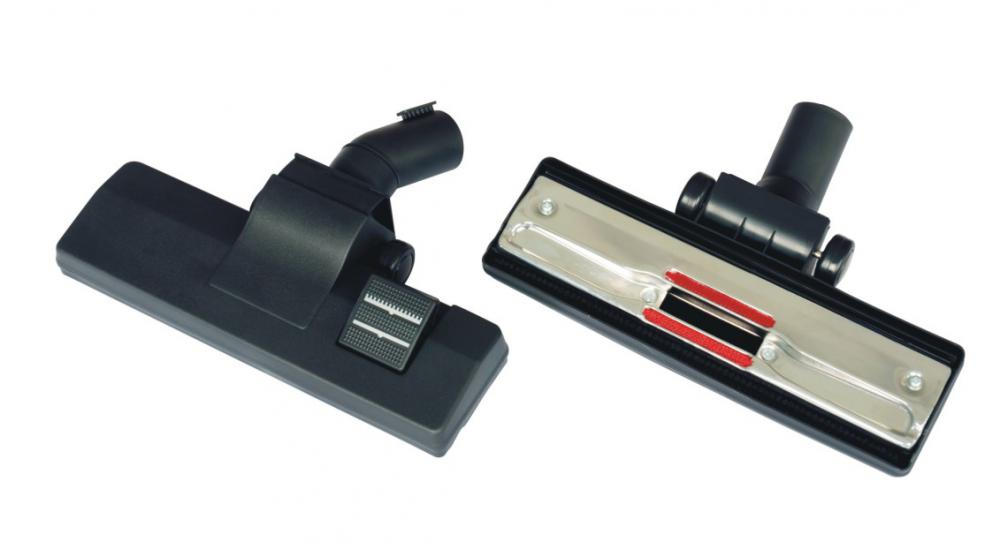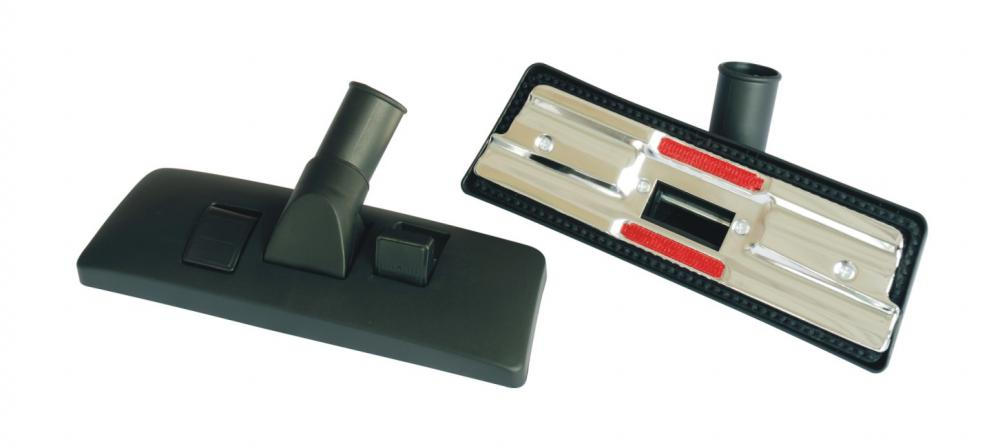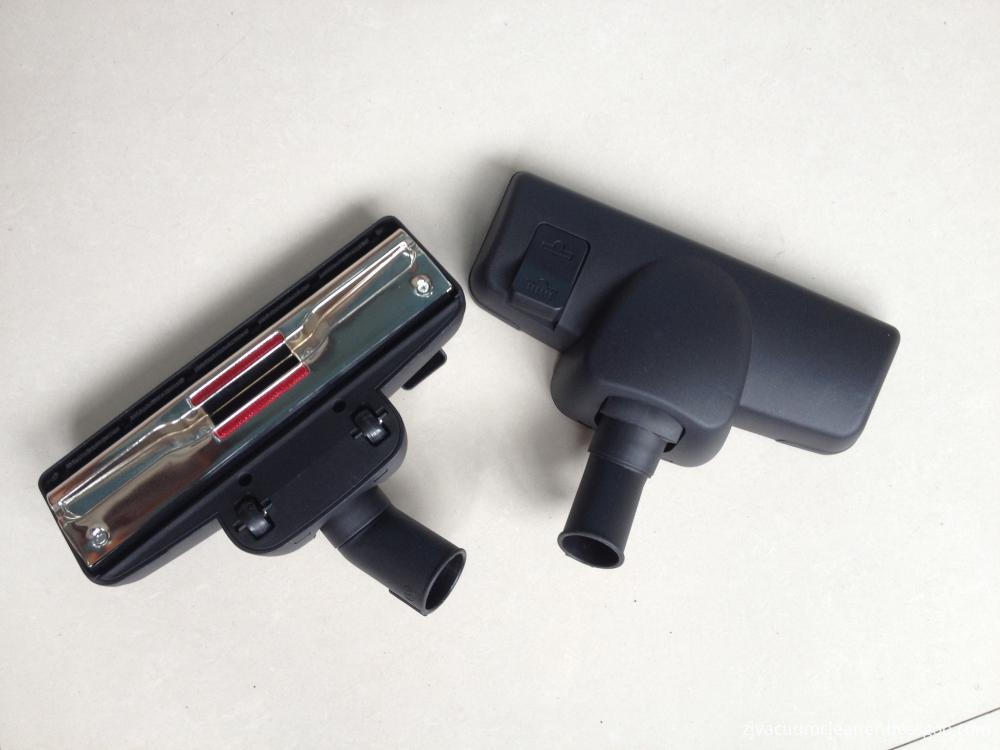In general, the domestic and international extended chip technology has made great progress. Due to the excellent performance of listed companies Sanan Optoelectronics, Dehao Runda, Silan Mingxin and Ganzhao Optoelectronics, the investment community has invested heavily in the upstream. Since the beginning of 2010, the investment in MOCVD has exceeded the historical total, that is, the number of ordered machines exceeds the number of existing MOCVD machines. This has led to the demand for epitaxial raw materials such as sapphire substrates, MO sources and gases, and the domestic investment boom in raw materials has also arisen.
Although the number of MOCVD equipment is closely related to LED production, since the beginning of 2010, the number of substrates such as sapphire and gallium arsenide has been determined to determine the shipment of epitaxial wafers. It is meaningless to increase the production capacity by expanding MOCVD investment.
In 2008, the annual global consumption of sapphire substrates was only 2 million pieces. By the second half of 2009, the monthly usage reached 1.5 million pieces, and the growth rate was amazing. At the end of 2009, the global monthly demand (2 inches) has reached 2.5 million pieces, which is close to the global total production capacity of sapphire crystals at that time, and the supply and demand are basically balanced. At present, the application rate of sapphire in LED epitaxial substrate is 80~85%, and the actual number of MOCVD machines in 2010 is 750 (the average 42-piece machine). The demand for sapphire substrate will increase by 28 million, while the actual capacity is only With an increase of about 10 million pieces, GLII estimates that the supply of sapphire substrates will be in short supply in 2010. In the third quarter of 2011, this situation may be eased.
At present, the global demand for sapphire substrates is still 2 inches, and Taiwanese manufacturers are mainly 2 inches. Japanese companies are mostly 3 inches, while Korean factories have a considerable proportion of 4 inches. GLII expects that the monthly demand for 2-inch sapphire will be about 5 million units by the end of this year. In 2011, it will be affected by 4-inch MOCVD. Shipments will start to increase significantly. The demand for 4-inch sapphire will increase in the future, while 2 inches. There is a possibility of a rapid decline in demand (the chip yield of a 4-inch epitaxial wafer is about 4 times that of 2 inches). The cost-effective 4-inch sapphire substrate will be the main driver for the price decline of LED chips and terminal lighting applications over the next three years, while the chip production will double. The larger size of the substrate will be subject to epitaxial and chip processing equipment, and there will be no rapid growth in the short term.
As of August 2010, Asia's top ten sapphire supplier Asia has seven seats, accounting for 57% of the market. At the same time, Asia is also the largest consumer of sapphire. Only Taiwanese and Japanese and Korean companies have used 58% and 19% of sales respectively.

In 2010, the price of sapphire substrates has risen for three consecutive quarters. Manufacturers from China, South Korea and Taiwan have increased their MOCVD. This has caused the global sapphire to face a small supply and demand gap in the fourth quarter of this year. According to GLII estimates, the supply and demand gap reached 30%. Based on the 2-inch crystal rod, the price rose from 7 dollars in the second quarter to 14 dollars in the third quarter, an increase of more than 50%, while the price in the fourth quarter may rise to 20- Between 25 dollars. The reason for the sapphire out-of-stock price increase in 2010 is that the penetration rate of the backlight is rapidly increasing, and the backlights almost all use blue LED (sapphire substrate) plus phosphor as a white light backlight, thus causing the demand for blue LEDs to rise.
Compared with the tight supply of sapphire substrates, GaAs substrates are stable due to the demand for red and yellow chips, and there has not been much price volatility in the past year. The SiC substrate is currently used only in large quantities in the world, and there is no imbalance between supply and demand and large price fluctuations.
At present, there are some research institutes in the above three kinds of substrate materials for technical development, but only a small number of enterprises are in production, and the mass production scale is generally small, and there are still some gaps in quality and imported products. Among them, there are only about 7 large-scale mass production of gallium arsenide in China, among which Zhongke Jingdian has a large supply (the only supplier of domestic red-yellow light epitaxy and chip leader Ganzhao Optoelectronics), and only SiC has the capacity for mass production. Fu Thermal Power, Institute of Physics of the Chinese Academy of Sciences, Shandong University has certain scientific research strength in this respect.
In terms of sapphire crystals, there are mainly Harbin Orient, Yunnan Blue Crystal, Chengdu Dongjun, Tianjin Saifa, Shenzhen Aopu, Suzhou Tianli, Zhejiang Juhua, Yangzhou Huaxia, Chongqing Sichuan Instrument, Beijing Guojinghui, Tiantong For the shares, etc., the process is mostly the bubble method and the flame method. Most of the products are mainly window materials, and basically do not have the large-volume supply capacity of the substrate. In 2008, Chongqing Silian Group acquired Honeywell Sapphire Canada's factory and became the first domestic supplier of large-size sapphire substrates. However, its factory has an annual production capacity of only 500,000 pieces and its supply capacity is very limited. Although the acquisition of Silian has made up for the lack of cutting, grinding and throwing in domestic sapphire processing, it still takes time for it to be successfully replicated in China.

This kind of brush is Metal Brush. Metal brush is made up of ordinary metal brush and metal brush with small wheel. Metal brushes will increase of service life,so it will save your money. Every metal brush has two lines of preventing ESD. They can effectively eliminate ESD and also can eliminate a large number of mites. Metal brush is also a dual purpose brush. It not only can clean the wooden Floor,but also the carpet. So it will let your homework easily. Now please see the pictures about metal brush.




Metal Brush
Metal Brush , Static-Free Brush, Big Suction Brush
Ningbo ChinaClean Household Appliances Manufacture Co., Ltd. , http://www.chinaclean-elec.com